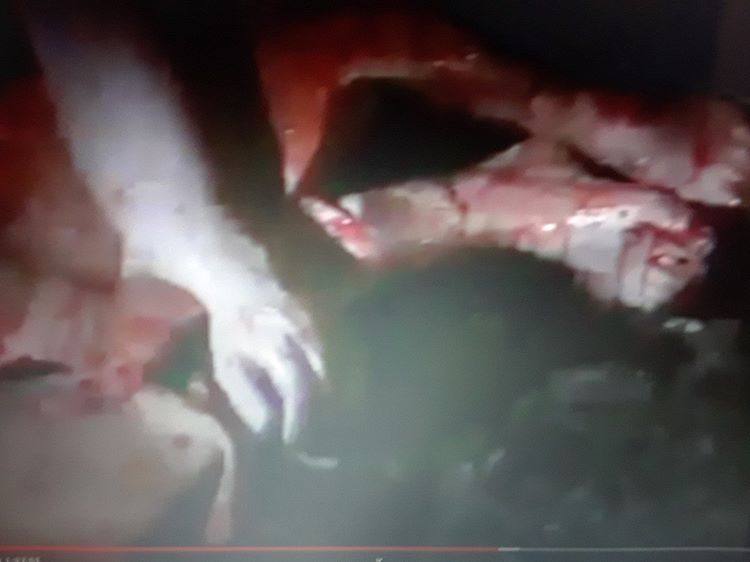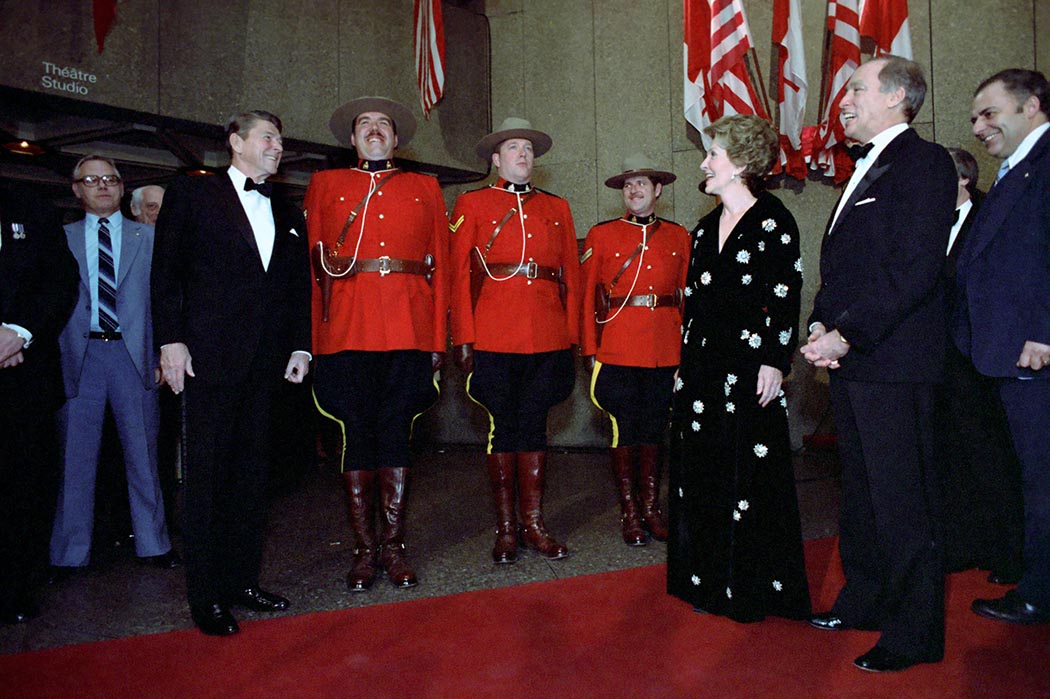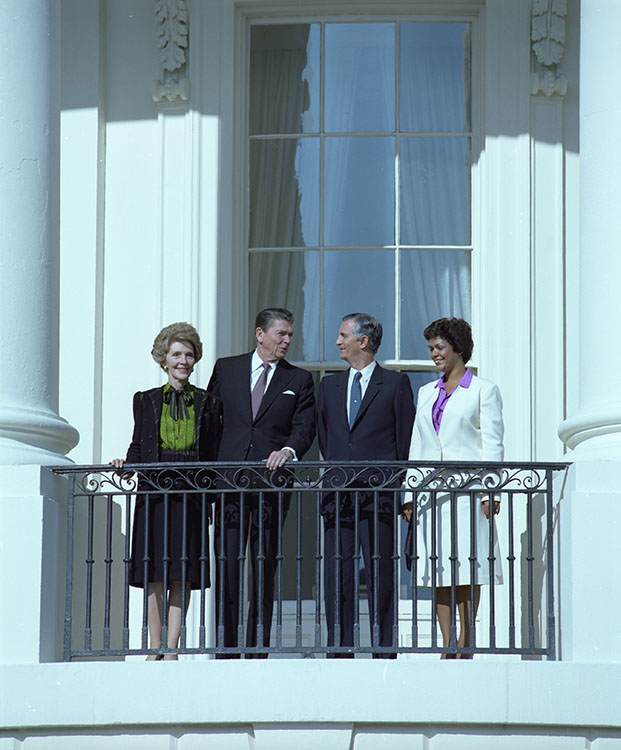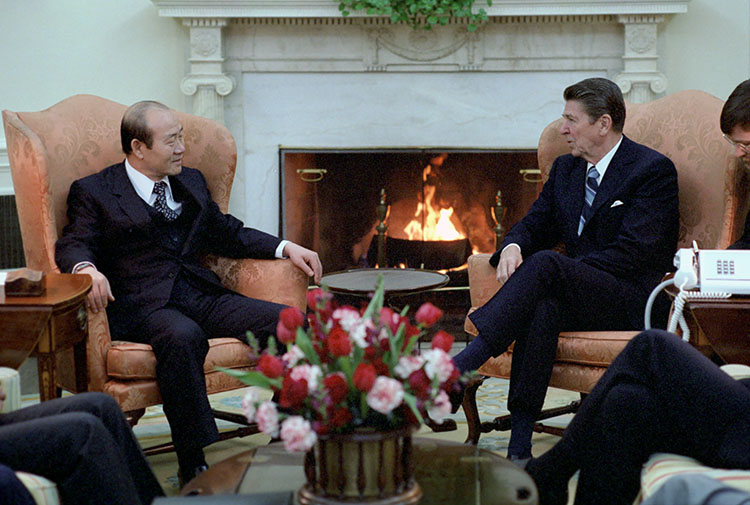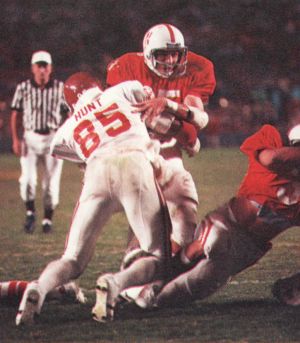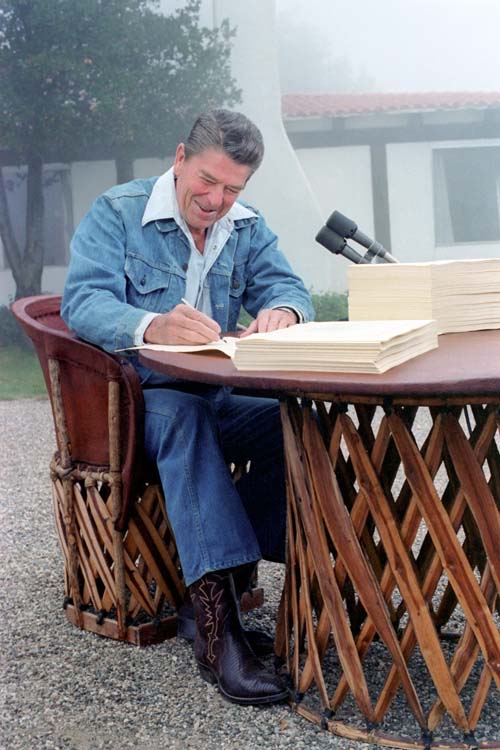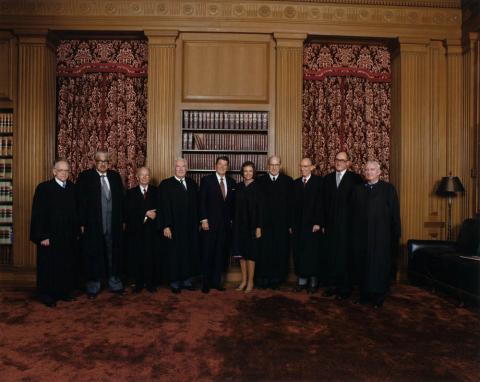Sergeant Foley
Well-known member
REAGAN ASKS FOR PUBLIC SUPPORT OF TAX CUTS
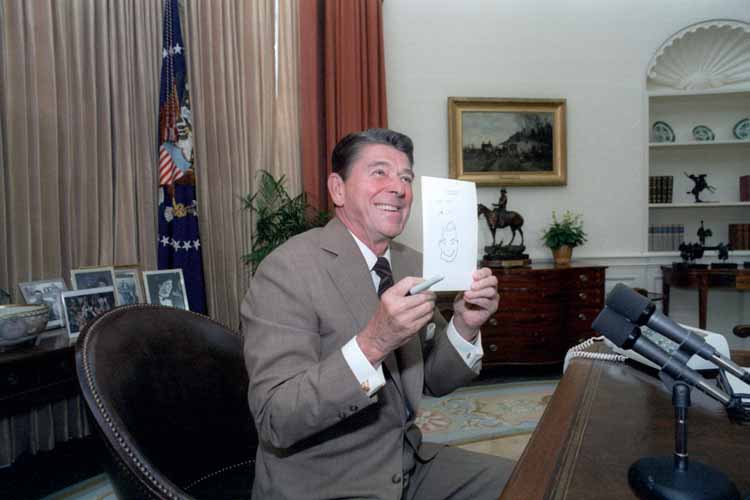 *Monday, July 27, 1981: In a nationally-televised speech, President Ronald Reagan explained, in one of the most simplest terms about his proposal for the largest tax cut in the United States, and asked for the public "contact your Senators and Congressmen. Tell them of your support for this bipartisan proposal." Americans followed suit taking the President's suggestion and within two days later, the tax cut proposal passed the Democratic-controlled US House of Representatives (240-195), and in the Republican-controlled United States Senate (91-11).
*Monday, July 27, 1981: In a nationally-televised speech, President Ronald Reagan explained, in one of the most simplest terms about his proposal for the largest tax cut in the United States, and asked for the public "contact your Senators and Congressmen. Tell them of your support for this bipartisan proposal." Americans followed suit taking the President's suggestion and within two days later, the tax cut proposal passed the Democratic-controlled US House of Representatives (240-195), and in the Republican-controlled United States Senate (91-11).
EARTHQUAKE DEATH TOLL MIGHT HIT 5,000 IN IRAN
*Tuesday, July 28, 1981: A magnitude 7.3 earthquake struck the Kerman province of Iran, around Shahdad. The initial death toll estimates have been concluded as high around 5,000. The death toll would later be revised by the United Nations on 5 August 1981, when they reported only 1,500 died in the magnitude earthquake. Considered one of the biggest test for Queen Farah Diba Pahlavi, who ascended to the throne on 12 March 1979 upon the death of her husband, the late Mohammad Reza Pahlavi, making her the first female Head of State in the Middle East.
CHARLES, DIANA WED IN SPLENDOR-ALL OF THE WORLD WATCHES ROYAL WEDDING CEREMONY
 *Wednesday, July 29, 1981: Prince Charles of Wales and Lady Diana Spencer took place at the Saint Paul's Cathedral in London, United Kingdom. Billed as the "fairytale wedding" and "wedding of the 20th Century", an estimated global television audience of 750 million watched the royal wedding. Several key events were held all over the Commonwealth to mark the wedding.
*Wednesday, July 29, 1981: Prince Charles of Wales and Lady Diana Spencer took place at the Saint Paul's Cathedral in London, United Kingdom. Billed as the "fairytale wedding" and "wedding of the 20th Century", an estimated global television audience of 750 million watched the royal wedding. Several key events were held all over the Commonwealth to mark the wedding.

EARTHQUAKE DEATH TOLL MIGHT HIT 5,000 IN IRAN
*Tuesday, July 28, 1981: A magnitude 7.3 earthquake struck the Kerman province of Iran, around Shahdad. The initial death toll estimates have been concluded as high around 5,000. The death toll would later be revised by the United Nations on 5 August 1981, when they reported only 1,500 died in the magnitude earthquake. Considered one of the biggest test for Queen Farah Diba Pahlavi, who ascended to the throne on 12 March 1979 upon the death of her husband, the late Mohammad Reza Pahlavi, making her the first female Head of State in the Middle East.
CHARLES, DIANA WED IN SPLENDOR-ALL OF THE WORLD WATCHES ROYAL WEDDING CEREMONY



